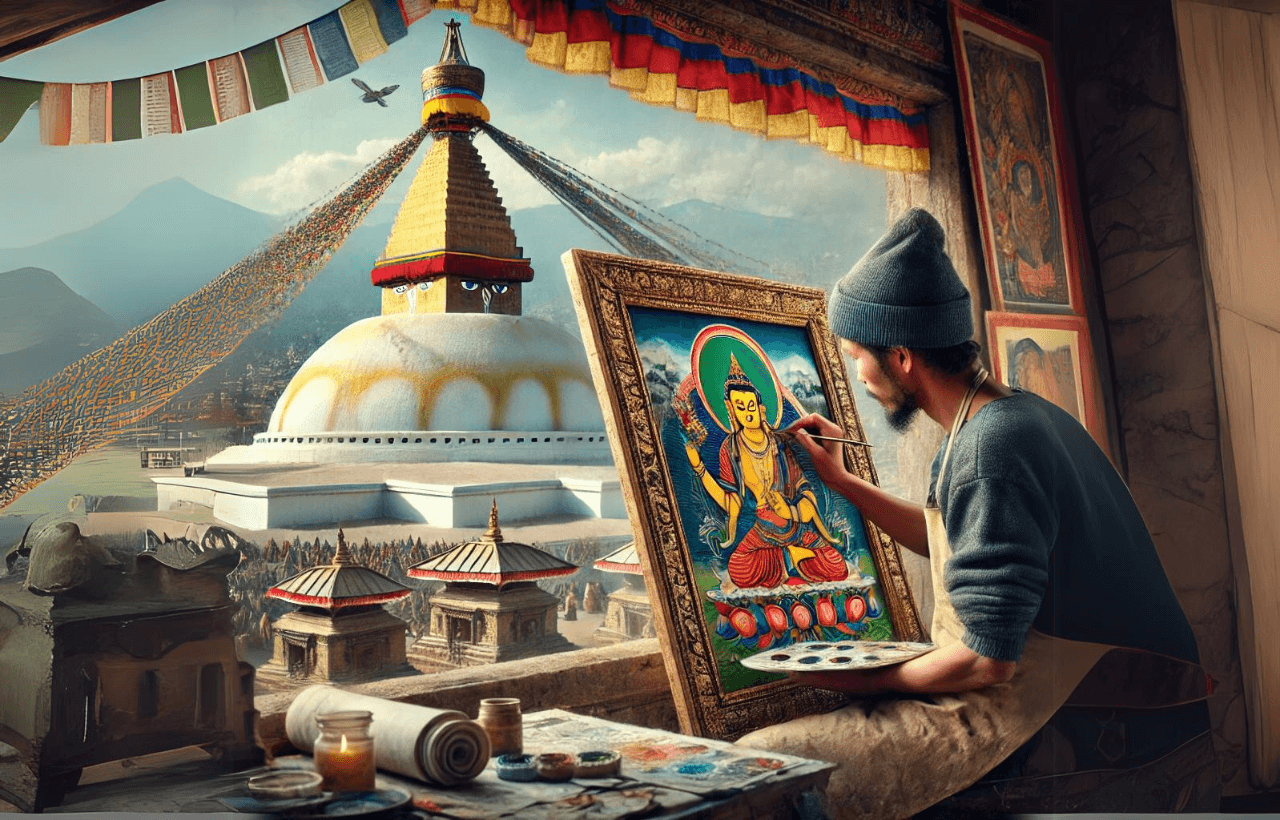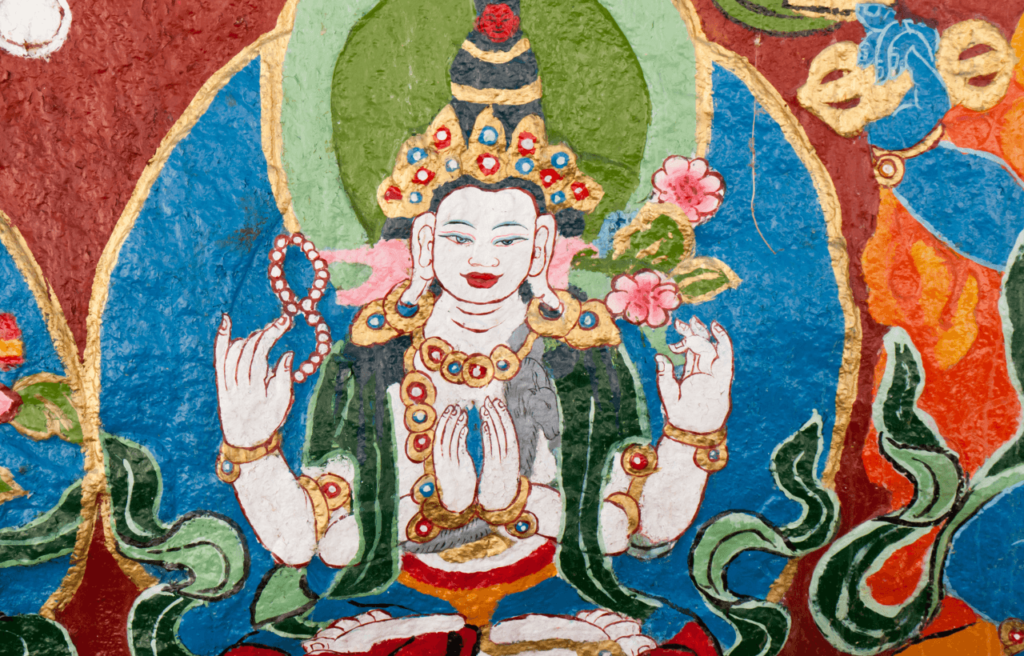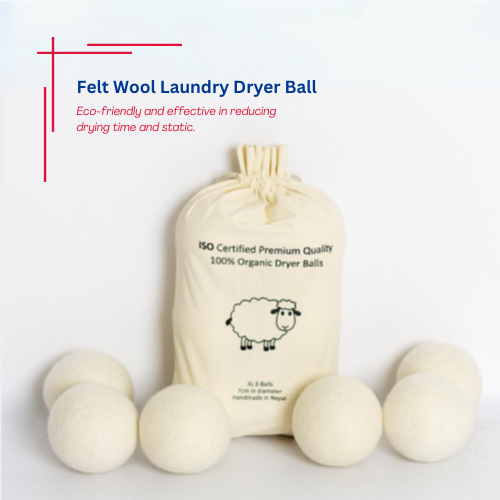Source Paintings from Nepal

Thangka painting, an ancient art form originating from Tibet and widely practiced in Nepal, holds deep cultural and spiritual significance. These intricate artworks serve as visual representations of Buddhist teachings and deities, often used in meditation practices and as aids for religious instruction. In Nepal, thangkas are meticulously created by skilled artisans known as thangka painters, who undergo rigorous training to master the intricate techniques and symbolism involved. Each thangka is meticulously crafted on canvas or silk, using natural pigments and gold leaf to depict Buddhas, Bodhisattvas, mandalas, and scenes from Buddhist cosmology with precision and reverence. These paintings are not merely decorative; they are regarded as sacred objects that convey spiritual truths and inspire devotion among practitioners. Today, thangka painting in Nepal continues to thrive as a revered art form, blending artistic expression with profound spiritual meaning, and serving as a bridge between the material and spiritual realms for both creators and viewers alike.
Nepali thangka and mandala paintings encompass a diverse array of styles and themes, each reflecting unique aspects of Buddhist spirituality and artistic expression. Thangkas, traditionally rendered on canvas or silk, range from narrative depictions of Buddhas and Bodhisattvas to intricate mandalas symbolizing cosmic order and enlightenment paths. These paintings vary in size and intricacy, often featuring meticulous details painted with natural pigments and gold leaf.
Mandalas, circular geometric patterns, serve as sacred diagrams representing the universe and are used in meditation and ritual practices to focus the mind and invoke spiritual energies. In Nepal, these artworks are not only esteemed for their aesthetic beauty but also revered as potent tools for spiritual contemplation and transformation. The diversity within Nepali thangka and mandala painting traditions reflects the richness of Buddhist philosophy and the artistic mastery of Nepalese artisans dedicated to preserving and evolving these ancient visual traditions.

Features of Nepali Thangka & Mandala Painting
1.Spiritual Representation:
2.Intricate Detail:
3.Symbolic Meaning:
4.Traditional Techniques:
5.Sacred Purpose:
Trending Felt Products





